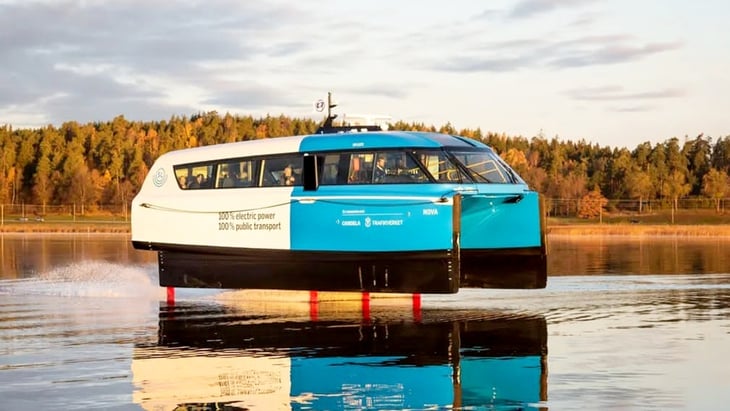
Candela's P-12 hydrofoil electric ferry glides smoothly across the water near Stockholm, Sweden, without causing big waves or emitting emissions - Photo: New York Times
In the capital Stockholm (Sweden), traffic congestion and the trend of reviving ports have created conditions for a new technological step: hydrofoil ferries.
Faster speeds, less emissions
According to the New York Times on July 5, Stockholm city has begun testing the world's first electric hydrofoil ferry P-12 developed by Swedish startup Candela, with the goal of opening a new, efficient and sustainable approach to urban water transport.
The trial route currently runs for about 11 miles (about 18km) between the island of Ekero and the city hall in central Stockholm. The journey time has been reduced to 30 minutes, half that of traditional diesel ferries.
Stockholm's public transport agency says the P-12 not only cuts travel times, but also reduces emissions by up to 95% and consumes 80% less energy than conventional ferries.
P-12 operating data from fall 2024, republished on Shippax on April 10, continues to confirm the operational efficiency of the first P-12 ferry model, Nova.
This statistic shows that for every passenger kilometer traveled, the P-12 ferry consumes 84% less energy than diesel ferries currently operating on the same route. In addition, the average occupancy rate is around 80% and most trips are fully booked, indicating a positive reception from passengers.
The P-12 ferry is designed with a hydrofoil system placed under the body, which operates similarly to an airplane wing in a water environment.
Accordingly, the water pressure created will be the lifting force that pushes the ferry body out of the water when the ferry accelerates, helping to significantly reduce drag and save energy during operation.
Thanks to this mechanism, the P-12 can reach a cruising speed of about 30 miles per hour (about 26 knots), twice as fast as conventional ferries operating in the US, while using only a battery pack with a capacity equivalent to three Tesla Cybertruck electric cars.
Fuel economy
Although hydrofoil ferries were widely used in the 1980s, high operating costs have caused this technology to gradually fall by the wayside.
According to Professor Jakob Kuttenkeuler of the Royal Swedish Institute of Technology, recent advances in composite materials, sensor technology and digitalization have enabled hydrofoil technology to make a comeback, just as cities around the world are actively looking for electric transport solutions.
Based on this platform, Candela began developing ferry models using hydrofoil technology for tourism purposes in 2019 and continued to expand into the public transport sector in 2022 with the P-12 ferry model.
Following the testing and commissioning phase in Stockholm, Candela has signed contracts to supply the P-12 to transport operators in many developing cities - including Lake Tahoe in the US, Berlin in Germany and Neom - a planned megacity in Saudi Arabia.
According to the Washington Post , Candela currently uses two EV fast-charging stations located at Stockholm Harbor to recharge the P-12's batteries after morning and afternoon rush hours.
By design, each ferry cycle lasts about two hours on the water, after which it needs to be recharged within an hour via a fast-charging system. This has created pressure on charging infrastructure, especially in small ports or areas where the grid is not yet ready.
In addition to environmental benefits, the P-12 also does not create large waves that erode the coast or affect nearby ferries, and does not cause seasickness thanks to its built-in microprocessor-controlled automatic stabilization system.
In terms of cost, although the initial investment cost of the P-12 is higher than that of traditional diesel ferries, according to estimates by Candela and its partners, the fuel savings over the entire operating life cycle can amount to tens of millions of dollars.
In Sweden, the Candela P-12 ferry has received positive feedback from the Stockholm regional government, which has expanded the Nova ferry's operating schedule from five to six days a week, and will operate daily from May.
Based on this initial approval, Candela aims to expand its summer operations, particularly targeting the Stockholm archipelago – one of the largest archipelagos in the world in terms of size and number of islands.
8 billion USD
Based on the commercial potential from markets interested in zero-emission transportation technology, Candela expects that the global market for P-12 could reach a size of about 8 billion USD per year, in which Asia is considered the most potential region, followed by the European and North American markets.
Source: https://tuoitre.vn/pha-canh-ngam-chay-dien-dau-tien-tren-the-gioi-20250705225526495.htm


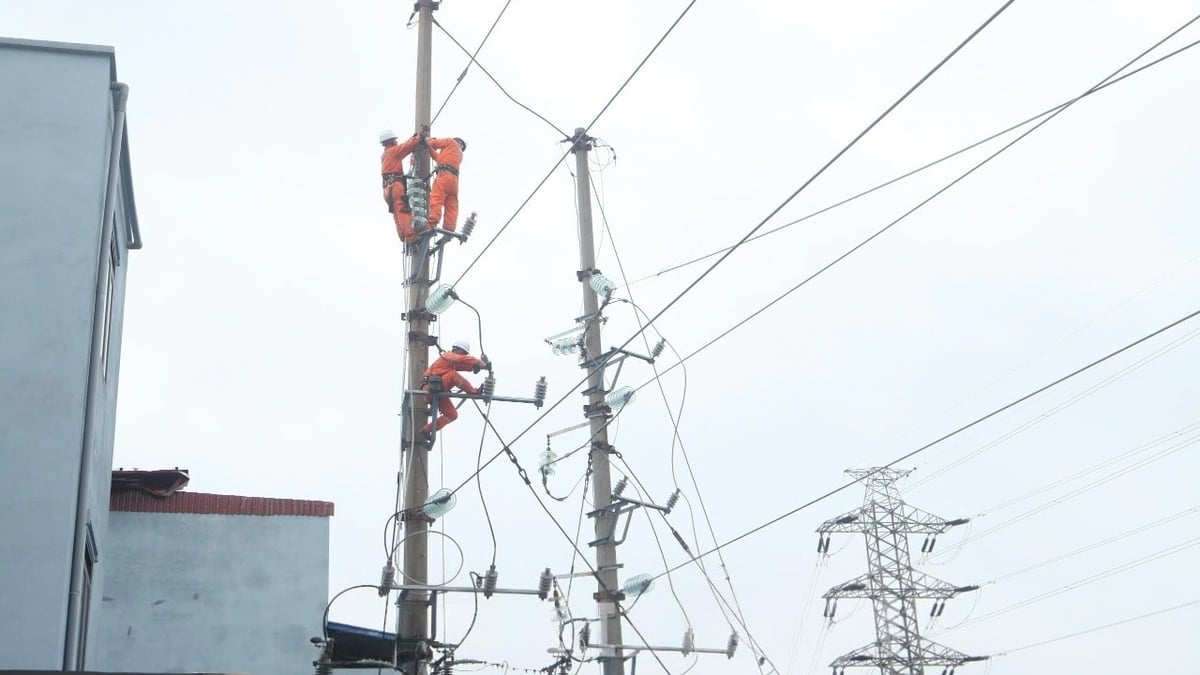
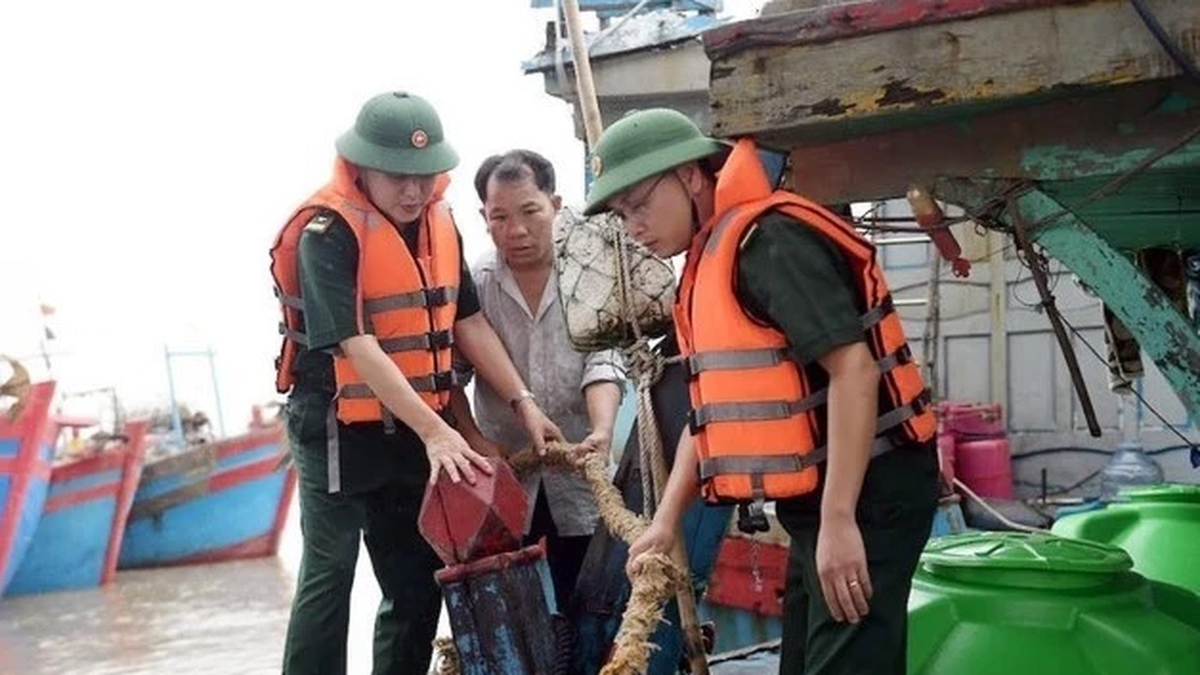

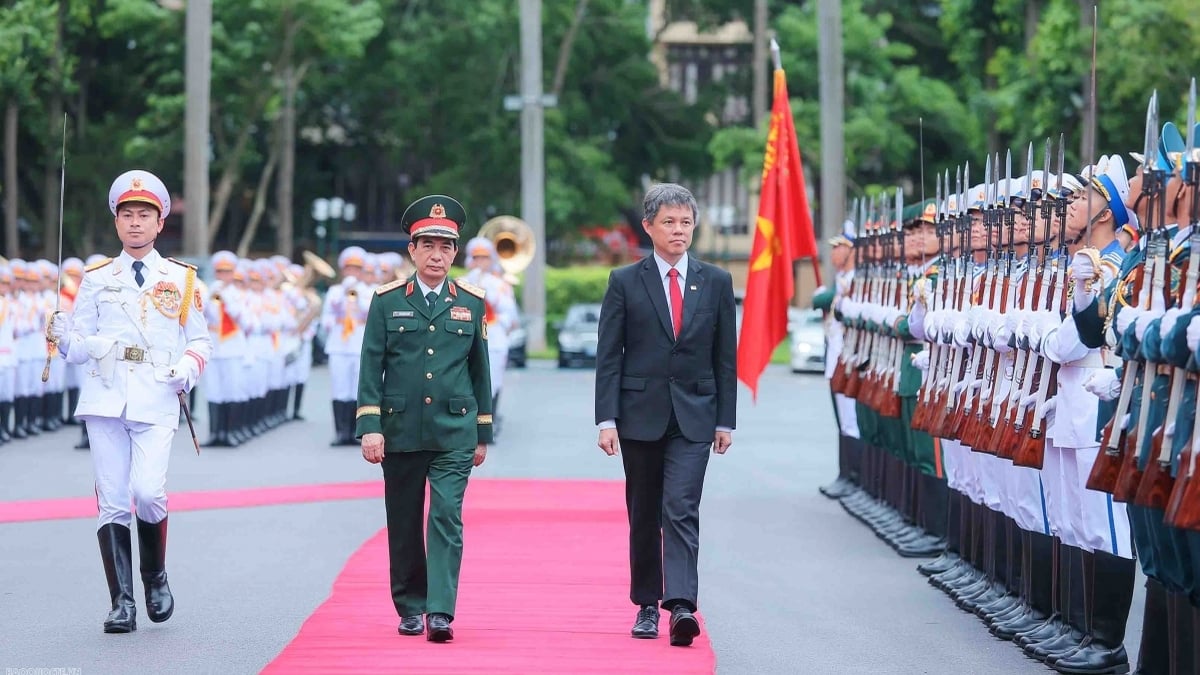
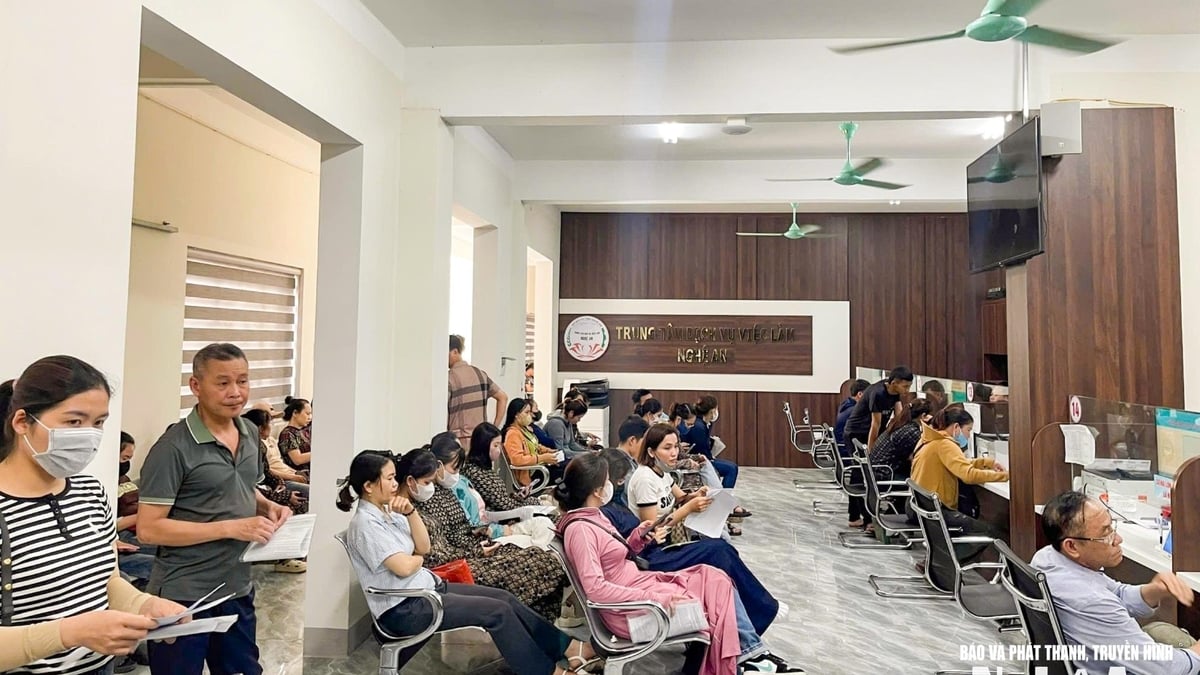
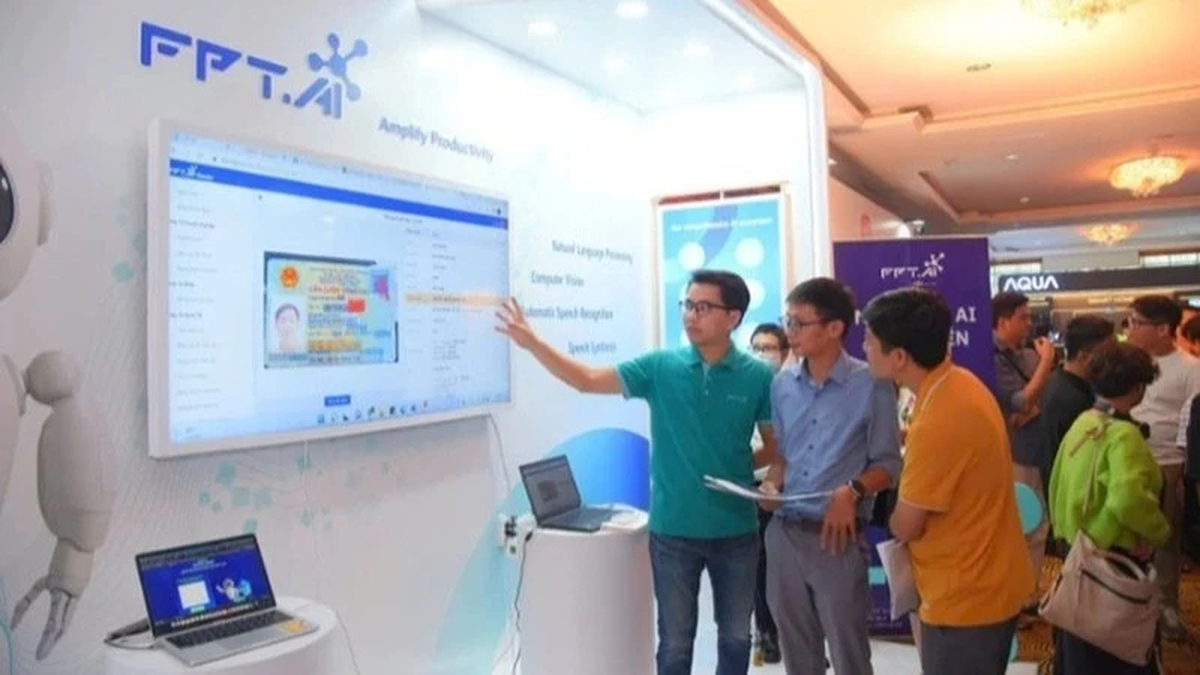



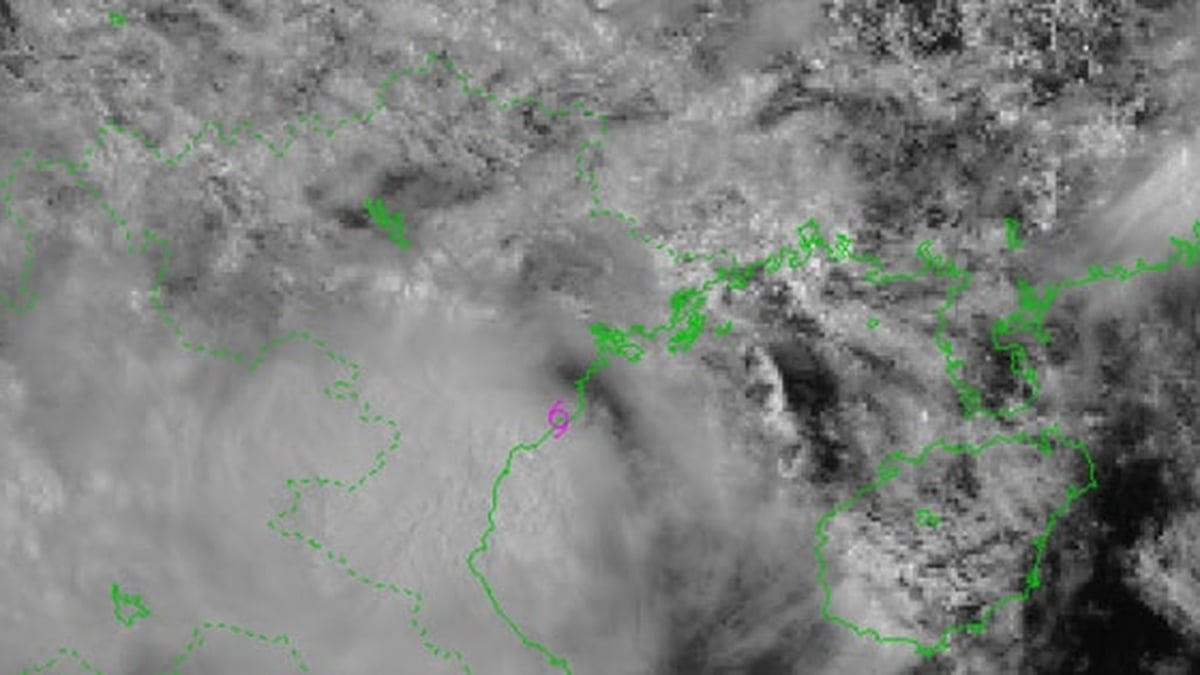










![[Photo] National Assembly Chairman Tran Thanh Man visits Vietnamese Heroic Mother Ta Thi Tran](https://vphoto.vietnam.vn/thumb/1200x675/vietnam/resource/IMAGE/2025/7/20/765c0bd057dd44ad83ab89fe0255b783)























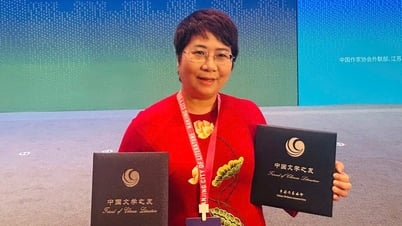







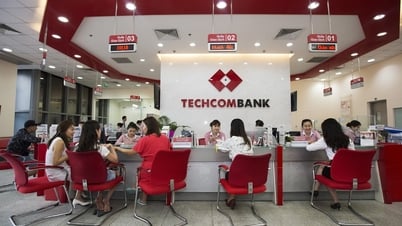

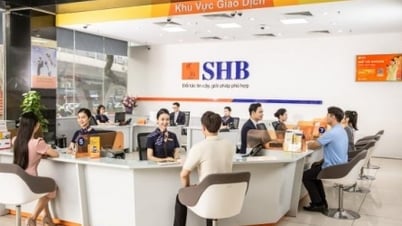

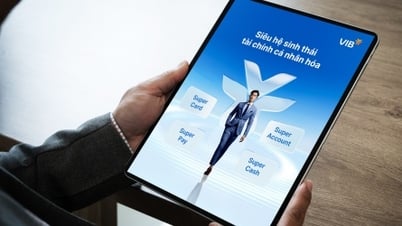
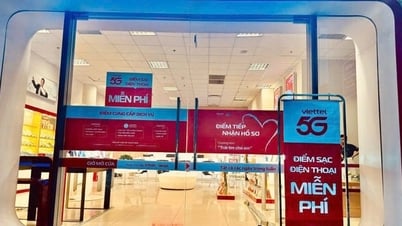

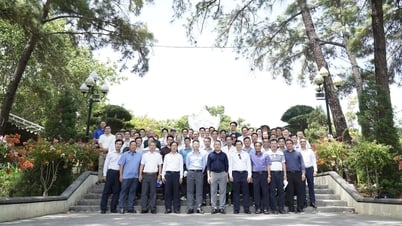


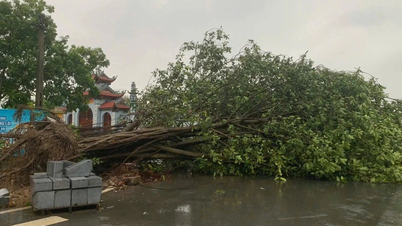




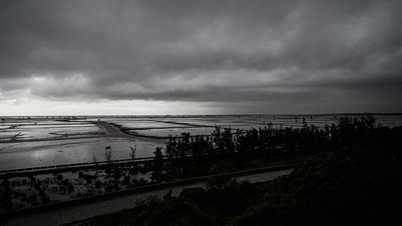
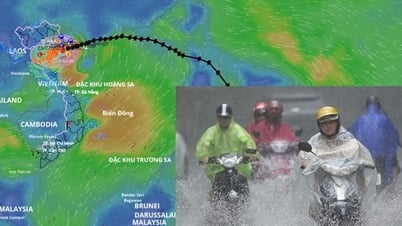

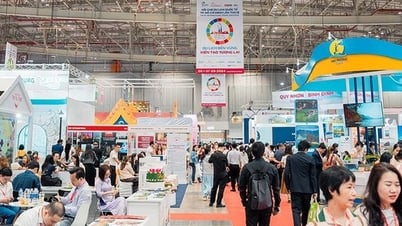


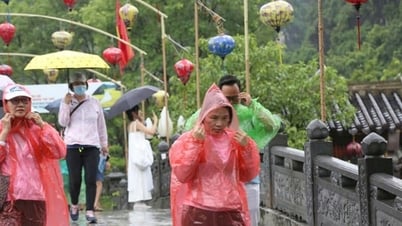
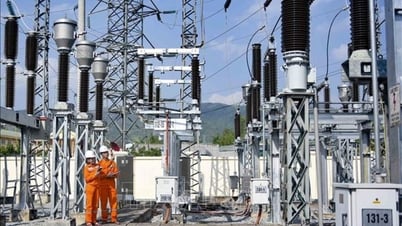

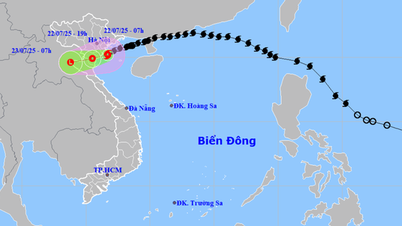
























Comment (0)